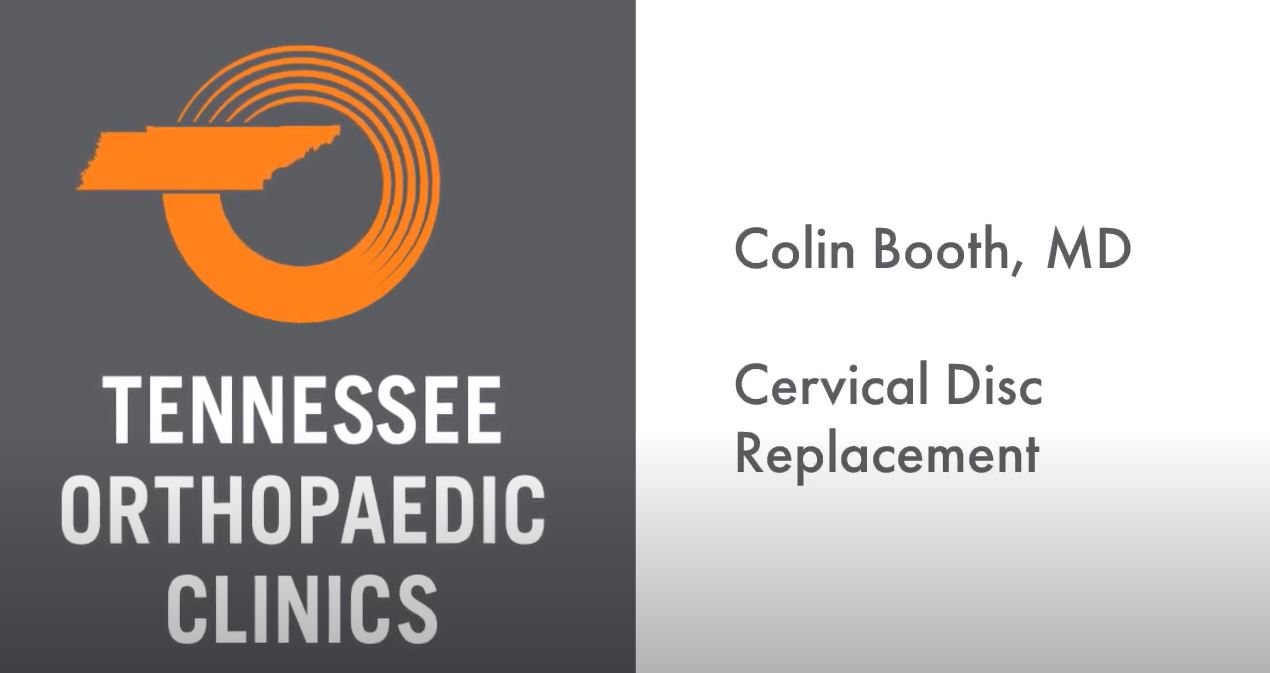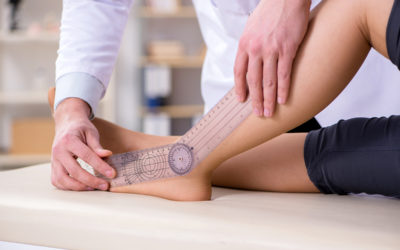What Are the Symptoms of Disc Herniation in Young Adults?
Disc herniation in young adults often presents with pain that can radiate to other parts of the body, numbness, or weakness along the affected nerve’s path. If you’re experiencing these symptoms, especially after an injury or accident, seeking medical advice is essential to diagnose and treat the condition accurately.
Do I Need to See a Doctor for Disc Herniation?
If you’re experiencing symptoms of disc herniation, such as persistent pain, numbness, or weakness, consulting a spine medicine physician like Dr. Colin Booth at Tennessee Orthopaedic Alliance is crucial. Early diagnosis and treatment can prevent further complications and improve your recovery outcome.
 What Can Be Done for Disc Herniation in Young Adults?
What Can Be Done for Disc Herniation in Young Adults?
For young adults with disc herniation and minimal degenerative changes, Dr. Booth recommends disc replacement surgery. This procedure involves replacing the herniated disc with an artificial one that mimics the natural movement of your spine, relieving pressure on the nerves and decreasing the risk of future spinal issues.
Who Is the Ideal Candidate for Disc Replacement Surgery?
The ideal candidates for disc replacement surgery are typically younger patients, ranging from their late twenties to early forties, with minimal degenerative changes. These patients benefit the most from disc replacement as it addresses the direct problem without requiring more invasive procedures.
What Causes Disc Herniation in Young Adults?
Disc herniation in young adults can result from various factors, including injuries, motor vehicle accidents, or work-related trauma. These incidents can cause the disc to herniate and press on surrounding nerves, leading to pain and discomfort.
How Does Disc Replacement Surgery Work?
The surgery involves placing two metal plates around the affected area and inserting a plastic disc that allows forward, backward, and side-to-side movement. This artificial disc mimics the natural functionality of the original disc, helping to relieve pressure on the nerves and restore mobility.
Why Is the Front of the Neck the Preferred Access for Surgery?
Accessing the spine through the front of the neck is often less painful and involves a quicker recovery than posterior approaches. This method avoids cutting muscles by gently moving them aside, using natural muscle planes, resulting in better patient postoperative tolerance.
What’s the Recovery Time After Disc Replacement Surgery?
While individual recovery times can vary, patients generally experience a quicker and less painful recovery period when the surgery is performed through the front of the neck. The absence of muscle cutting and using natural muscle planes for access contribute to a smoother postoperative experience, allowing for a return to normal activities with proper post-surgery care and physical therapy.
Is Disc Herniation Serious?
While disc herniation can be serious, especially if left untreated, early diagnosis and appropriate treatment can lead to successful management and recovery. It’s essential to consult with a specialist like Dr. Colin Booth if you suspect you have a disc herniation to discuss the best treatment options for your specific condition.
Discover expert spine care near you at Tennessee Orthopaedic Alliance. With convenient locations at Fort Sanders Regional, The Tower at Parkwest, Oak Ridge Physicians Plaza, Randall R. Robbins, Lenoir City, Sevierville, and Bearden, exceptional spine medicine is always within reach.
Whether you’re seeking a consultation for disc herniation, advanced treatment options, or a second opinion, our specialized team is dedicated to providing personalized care tailored to your needs. Don’t let back pain hold you back any longer. Visit us at your nearest TOC location and take the first step towards a pain-free life. Book online or call (865) 690-4861 to schedule your appointment and experience the difference expert care can make.




